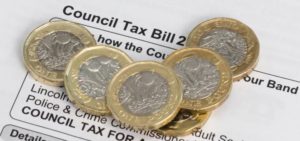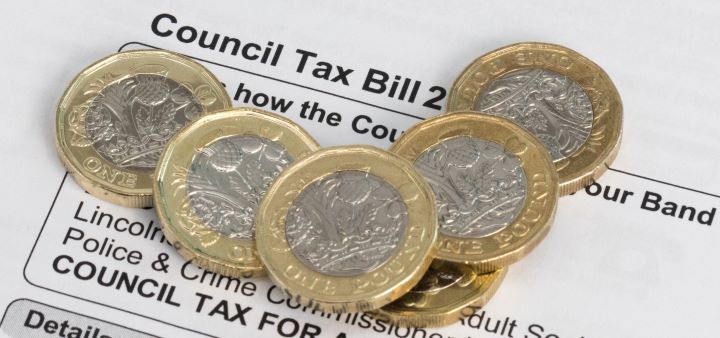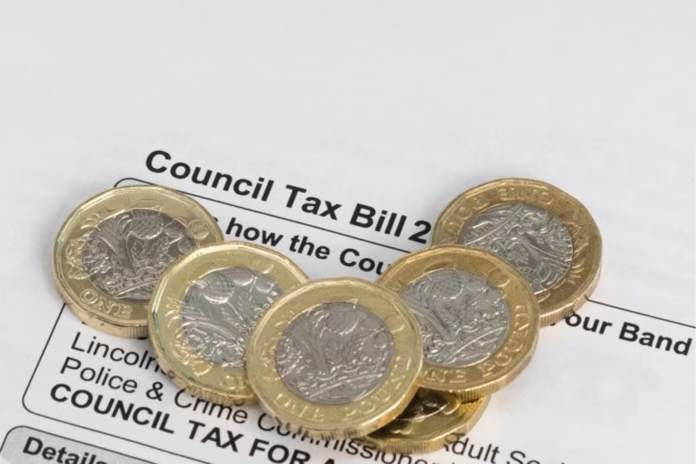The average council tax rate set by local authorities in England will increase by 5.1% next financial year, but households in the North will be disproportionately impacted to those in the South, new data and analysis has revealed.

According to the latest figures from the Department for Levelling Up, Housing and Communities (DLUHC), the average band D council tax set by authorities in England for 2024/25 will be £2,171, which is an increase of £106 (5.1%) compared to the figure for the previous financial year of £2,065.
The government’s data also revealed that the council tax requirement will be £41.2bn, of which £609m will be raised through the adult social care precept flexibility, and £783m will be gathered from parish precepts.
In England, the cap on council tax is set as 4.99% but this varies depending on the powers of the local authority.
Over recent years, local authorities have become more reliant on increasing council tax to the maximum limit help balance their budgets due to government underfunding and the increased demand for their services.
Levelling down?
However, according to new analysis by CIPFA, households in the northeast will pay £420m more for an average band D property in council tax in 2024/25 than those in Greater London.
CIPFA stated that it’s a “worrisome picture”, where poorer areas of the country pay more council tax than wealthier regions. Its’ survey of 215 local authorities found that the average band D council tax in Greater London will be £1,894 while in the Northeast it will be £2,315.
Rob Whiteman, CIPFA’s CEO, said: “In the absence of long-term funding, the rise in council tax is an example of the government’s presiding over a failing funding system.
“With central government prioritising cuts in taxes and consequent spending cuts, this places more burden on councils to increase the level of council tax by the maximum allowed at a time and many residents will see a reduction in the level of service provided.”
With the exception of Greater London, the band D council tax for all areas of England now exceeds £2,000. It was only in 2021 when the northeast and southwest of England surpassed this mark for the first time, CIPFA reported in its survey.
Out of date system
The current council tax model in England is based on property values from 1991, therefore large changes in house prices since then do make the charge regressive. According to the model, those in the northeast and the southwest pay the most, relative to wages, while those in London, where incomes and home values are higher, pay the least.
Iain Murray, CIPFA’s director of public financial management, said: “It is concerning that in some places, the funds raised from a rise in council tax will still not ensure proper maintenance of public services. The continuous council tax gap between London and the rest of the country further reflects the profound regional inequalities that exist.
“With the public sector model crying out for systematic reform, CIPFA’s council tax survey leaves us asking: What is the role of local government? What do we want our public services to provide for us? And how do we fund this?”
—————
FREE bi-weekly newsletters
Subscribe to Room151 Newsletters
Follow us on LinkedIn
Follow us here
Monthly Online Treasury Briefing
Sign up here with a .gov.uk email address
Room151 Webinars
Visit the Room151 channel











